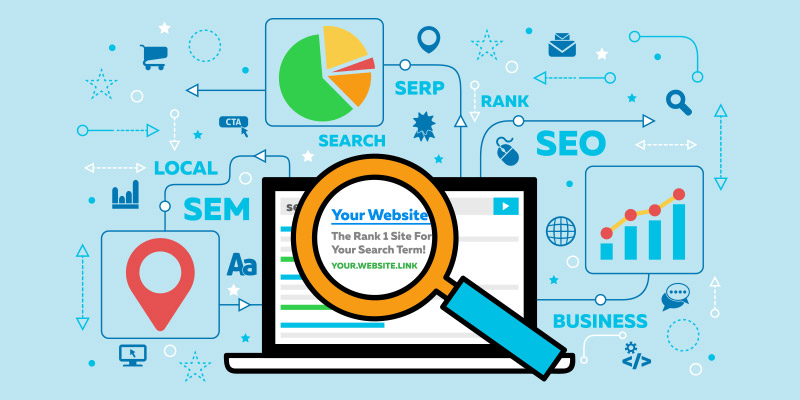In today’s digital landscape, ensuring that your website is optimized for search engines is paramount. One crucial aspect of this optimization process is internal linking technical SEO. By strategically placing internal links within your website, you can enhance your website’s performance and visibility. Let’s explore how internal linking plays a pivotal role in technical SEO.

What is Internal Linking?
Internal linking refers to the process of linking one page of a website to another page within the same domain. These links are essential for both user navigation and search engine indexing. By guiding users and search engines through your content, you can improve the overall user experience and search engine rankings.
Why is Internal Linking Important for SEO?
Internal links help distribute link equity, also known as link juice, across your website. This distribution allows search engines to understand the hierarchy and importance of different pages on your site. Additionally, internal links aid in reducing bounce rates by encouraging users to explore more content.
Enhancing Crawl Efficiency
Search engines deploy crawlers to navigate and index web pages. By implementing effective internal linking, you can ensure that these crawlers easily discover and index all relevant pages on your site. This practice prevents pages from being missed during the crawling process, enhancing your site’s visibility in search results.
Improving User Experience
Effective internal linking guides users through your website, facilitating seamless navigation. When users find related and relevant content, they are more likely to stay longer on your site, increasing engagement and reducing bounce rates. This improved user experience is a positive signal to search engines, potentially boosting your rankings.
Strategies for Effective Internal Linking
1. Use Descriptive Anchor Text
When creating internal links, use descriptive and relevant anchor text. This text provides context to both users and search engines about the linked page’s content. Avoid generic phrases like ‘click here’ and instead opt for specific keywords related to the target page.
2. Prioritize High-Value Pages
Identify your high-value pages and ensure they receive more internal links. These pages could include cornerstone content, product pages, or important resources. By directing traffic and link equity to these pages, you can enhance their authority and visibility.
3. Implement Breadcrumb Navigation
Breadcrumb navigation offers users a clear path back to previous pages, improving navigation. This feature not only aids users but also assists search engines in understanding your site’s structure, leading to better indexing.
4. Regularly Audit and Update Links
Conduct routine audits to ensure that your internal links remain relevant and functional. As your content evolves, update links to reflect changes and new content. Regular maintenance prevents broken links and enhances the overall user experience.
Technical Considerations for Internal Linking
1. XML Sitemap
An XML sitemap is a crucial tool for technical SEO. By including all important pages in your sitemap, you provide search engines with a comprehensive guide to your site’s structure. This practice ensures that no valuable pages are overlooked during indexing.
2. URL Structure
A clear and concise URL structure aids both users and search engines in understanding your site’s organization. Implement clean and descriptive URLs that accurately reflect the content of each page.
3. Avoid Over-Optimization
While internal links are valuable, avoid excessive linking that can appear spammy. Maintain a balanced approach, focusing on user experience and relevance rather than sheer quantity.
Common Mistakes in Internal Linking
1. Broken Links
Broken links lead to a poor user experience and can negatively impact your SEO efforts. Regularly check and fix broken links to maintain a seamless navigation experience.
2. Lack of Diversity in Anchor Text
Using the same anchor text repeatedly can result in over-optimization. Instead, diversify your anchor text to provide a more natural linking profile.
3. Ignoring Deep Pages
Ensure that even your deep pages, which are several clicks away from the homepage, receive sufficient internal links. This practice ensures comprehensive indexing and enhances the visibility of all your content.
External Resources for Internal Linking
For a comprehensive guide on technical SEO, consider visiting this external resource. Additionally, explore insights on optimizing infinite scroll for SEO at Smart SEO Service.

FAQs
1. What is the primary purpose of internal linking?
Internal linking helps distribute link equity, improve user navigation, and enhance search engine indexing.
2. How often should I audit my internal links?
Regular audits, ideally every few months, ensure that your internal links remain relevant and functional.
3. Can too many internal links harm my website?
Excessive internal linking can appear spammy. Focus on user experience and relevance to maintain a balanced approach.






